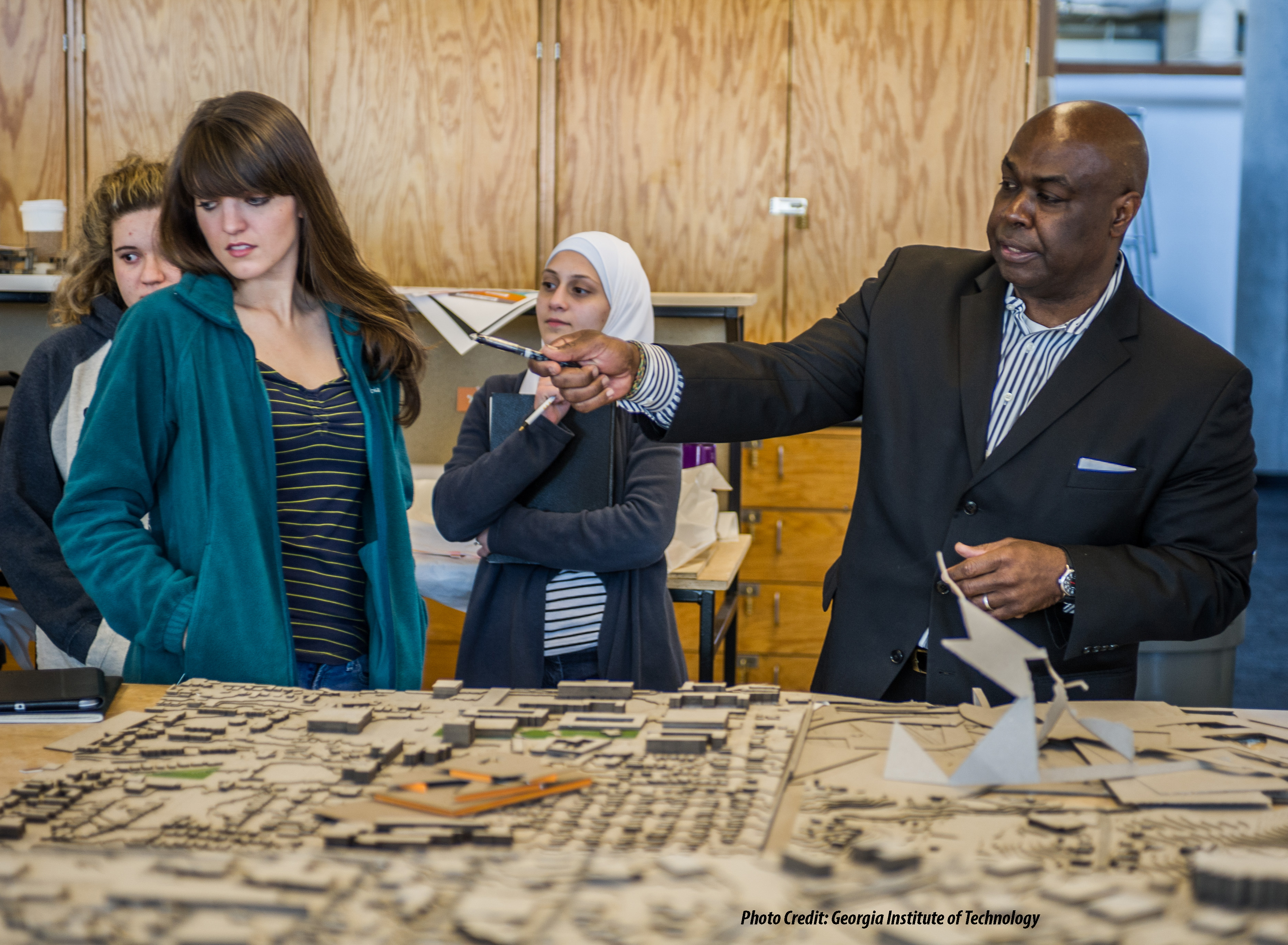Allison BrckaLorenz, Jason Garvey, Sarah Hurtado, & Keely Latopolski --
Student-faculty interaction may directly influence success for students in the minority of gender identity.
A study of gender-variant (students who do not identify with the woman/man gender binary) students' participation in high-impact practices found few differences between these students and those who identify as men and women. However, findings also illustrated participation in high-impact practices was positively influenced by meaningful interactions with faculty. Although the higher education community has detailed information about the effects of high-impact practices and student-faculty interaction on student success, most of this literature is focused on majority populations and does not account for unique experiences across social identities. Gender-variant students have received little attention in this area of research. This study examines important aspects of the student experience including student-faculty interaction and major choice for gender-variant students.
In a study of over 375,000 first-year and senior students, engagement in high-impact practice was examined by gender. Generally, high-impact practice participation among the 1,000 gender-variant students was similar to those who identified as men or women. However, among seniors, gender-variant students participated in slightly fewer high-impact practices than students who identified as women. To understand this further, the study investigated how student characteristics relate to high-impact practice participation by gender-variant students. With the exception of living on campus being associated with more participation in high-impact practices for senior gender-variant students, very few student characteristics were associated with increased frequency of participation in high-impact practices. However, student-faculty interaction was a positive indicator for greater participation in high-impact practices for gender-variant students.
Mentoring relationships are developmentally important for all students. However, because many faculty are typically unprepared to address the needs of gender-variant students and inclusive pedagogical approaches (Rankin & Beemyn, 2012), it may be difficult to form meaningful relationships. This may also create a chillier climate in certain majors leading to an underrepresentation of gender-variant students in education, health professions, and business; and an overrepresentation of gender-variant students in arts and humanities and the social sciences where they may find more allies among the faculty (Figure 1).
Figure 1. Percentage of seniors in related-major categories

Despite similar levels of engagement in high-impact practices, gender-variant students may still face challenges on their campuses (Beemyn, 2005; Dugan, 2012; Garvey & Rankin, 2015; Garvey, Taylor, & Rankin, 2014; Renn, 2010). Although gender-variant students are becoming more visible in higher education classrooms and around the campus, and are starting to be recognized in policy and research, there is still much work to be done to fully support the success of these students.
For information contact Allison BrckaLorenz


